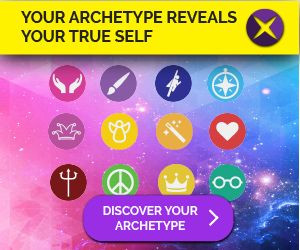
Archetype Definition
An archetype is a universal pattern of behavior or thought that exists in every culture. It is a basic, fundamental idea or concept that is found in the myths, legends, and stories of different cultures throughout history.
Archetypes can take many forms, such as characters, symbols, or themes, and they often represent the fundamental human experiences and desires that are common to all people. Some examples of archetypes include the hero, the caregiver, the explorer, and the magician. These archetypes can help us understand and relate to the characters in stories, and even help us understand ourselves better.

Archetype Categories
The 12 archetypes are universal patterns of behavior and thought that exist in every culture. These archetypes help us understand and relate to the characters in stories and can even help us understand ourselves better. In this article, we will explore the 12 archetypes and how they might show up in the characters of a story.
- The Hero: The hero is the main character in a story who goes on a journey to overcome challenges and achieve their goal. The hero is brave, determined, and selfless. They are willing to put their own needs aside to help others.
- The Caregiver: The caregiver is a kind and nurturing character who is always there to help others. They are often selfless and put the needs of others before their own.
- The Explorer: The explorer is a curious and adventurous character who loves to discover new things. They are brave and willing to take risks to learn more about the world.
- The Creator: The creator is a character who is creative and imaginative. They love to make things and come up with new ideas.
- The Ruler: The ruler is a character who is in charge and likes to be in control. They are responsible and organized, and often take on leadership roles.
- The Magician: The magician is a character who has special powers or abilities. They are wise and often use their powers to help others.
- The Outlaw: The outlaw is a character who does not follow the rules and may even break the law. They are rebellious and may challenge authority.
- The Sage: The sage is a wise and knowledgeable character who has a lot of understanding about the world. They are often seen as mentors or advisors.
- The Innocent: The archetype innocent is a character who is pure and naive. They may not have a lot of experience in the world and may see things in a more positive light.
- The Jester: The jester is a character who is funny and playful. They bring joy and laughter to those around them.
- The Lover: The lover is a character who is passionate and romantic. They may be in love with someone or something and may be willing to do anything for it.
- The Everyman: The everyman is a character who represents the average person. They are relatable and easy to identify with.
These 12 archetypes can help us understand and relate to the characters in a story. They can also help us understand ourselves and our own patterns of behavior and thought. By recognizing these archetypes, we can gain a deeper understanding of the world and the people around us.
Because you like this article, we think you would like our post on subliminal messages for weight loss.





